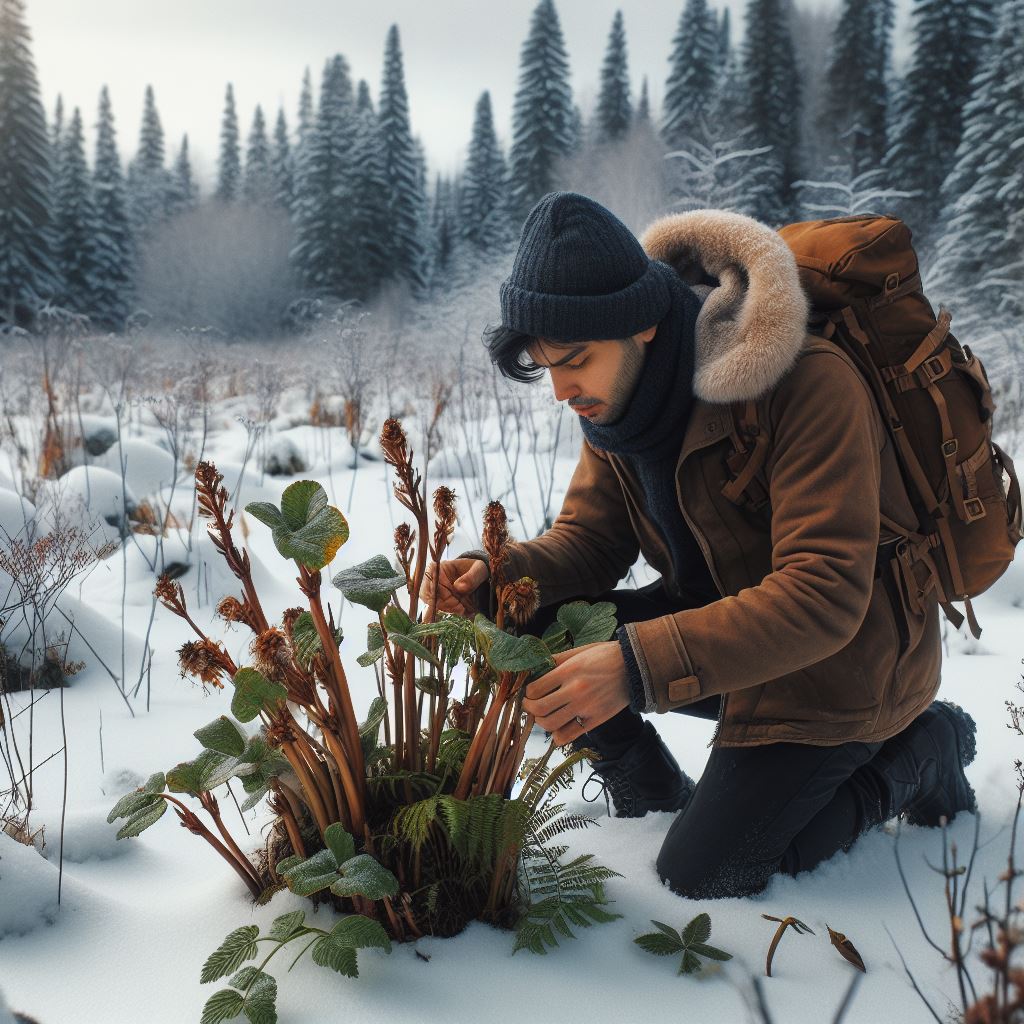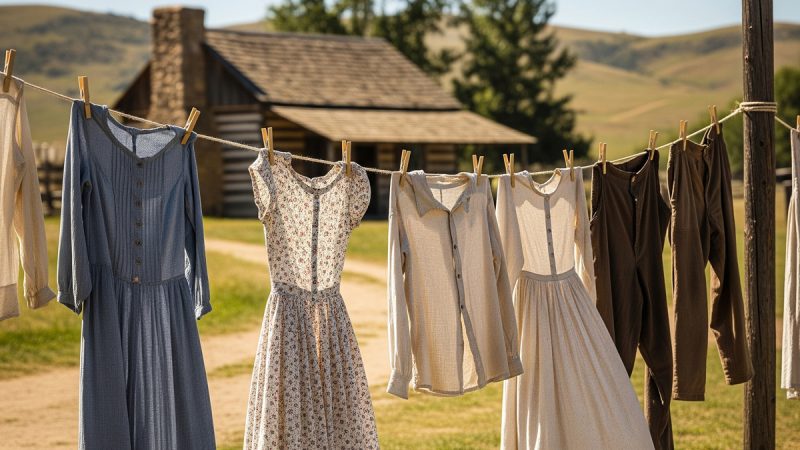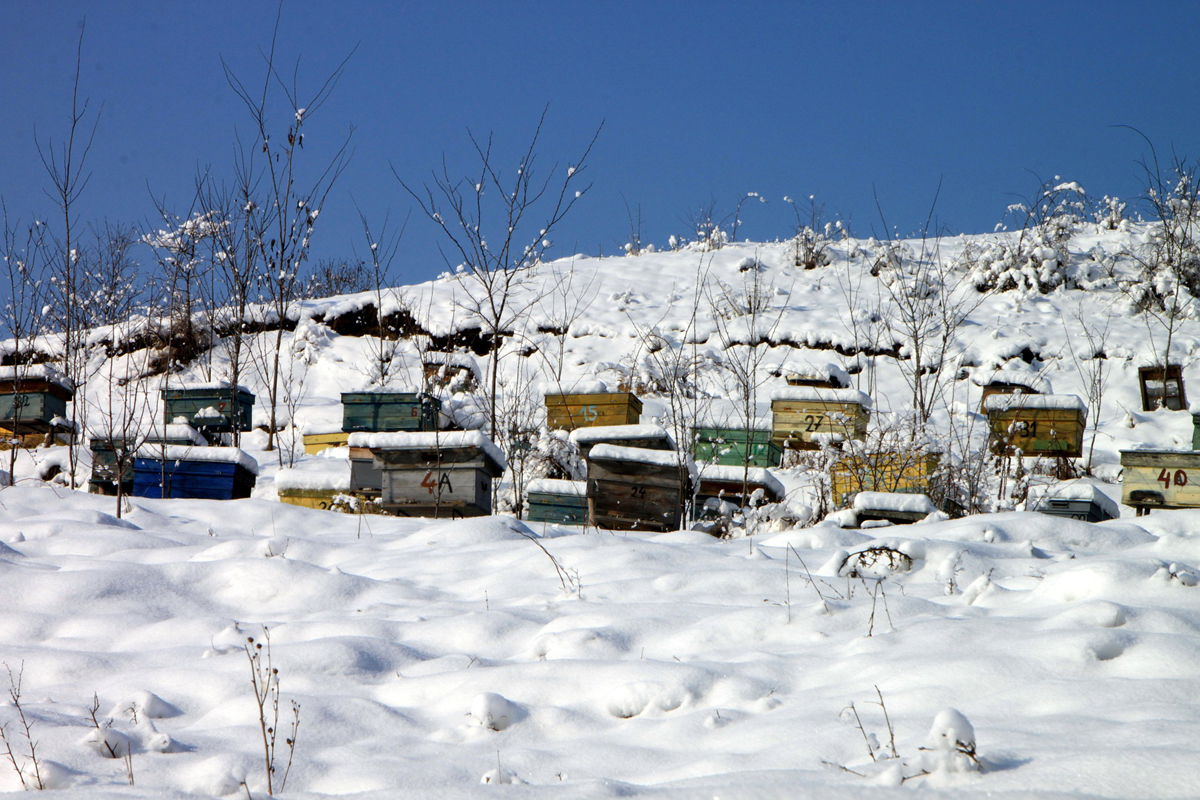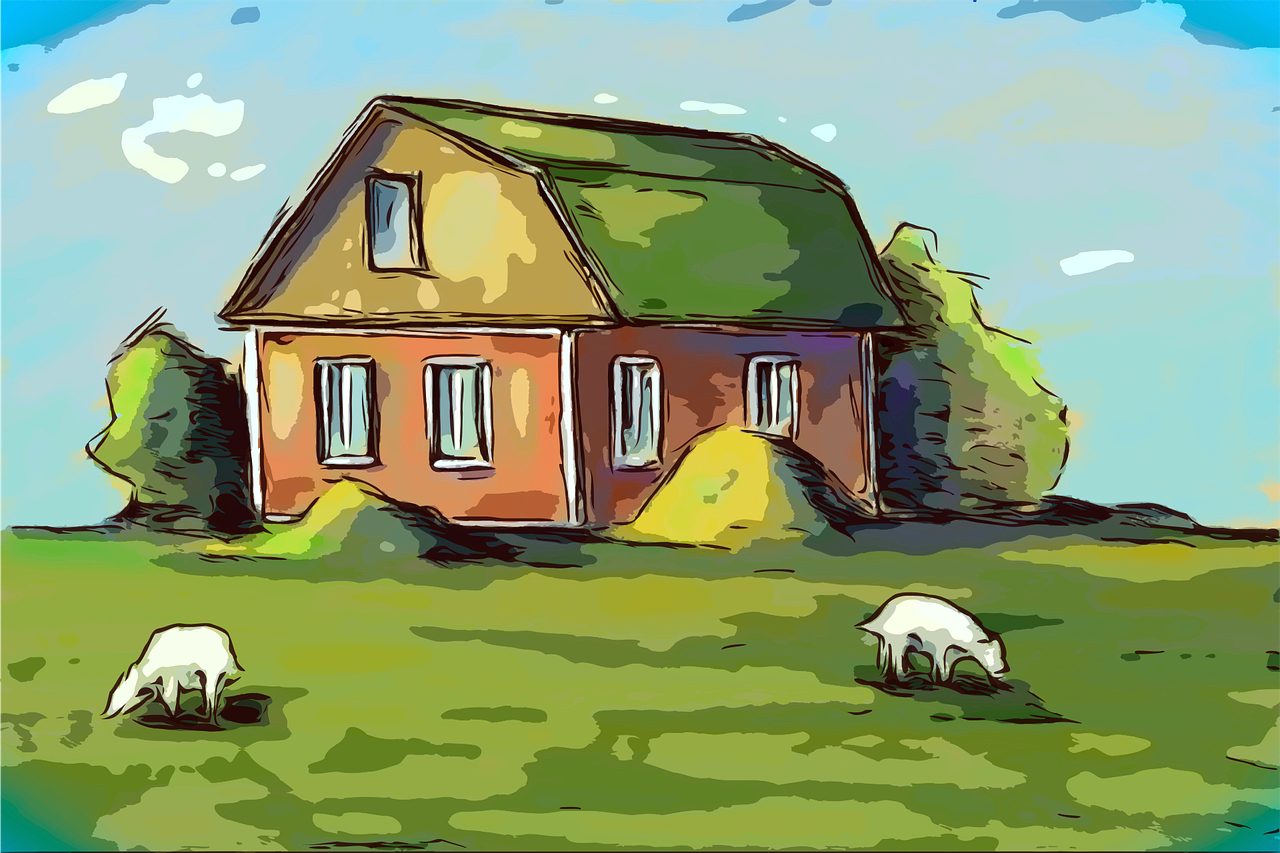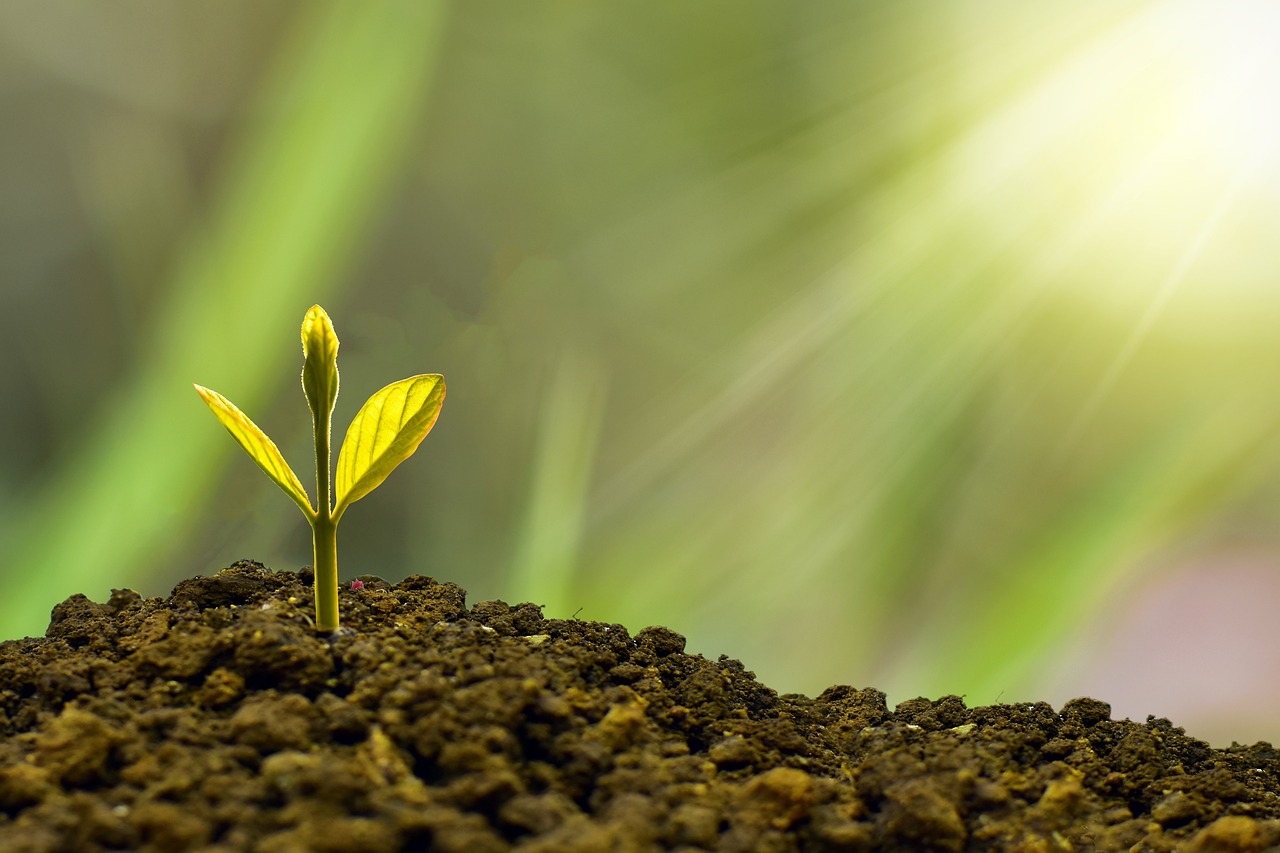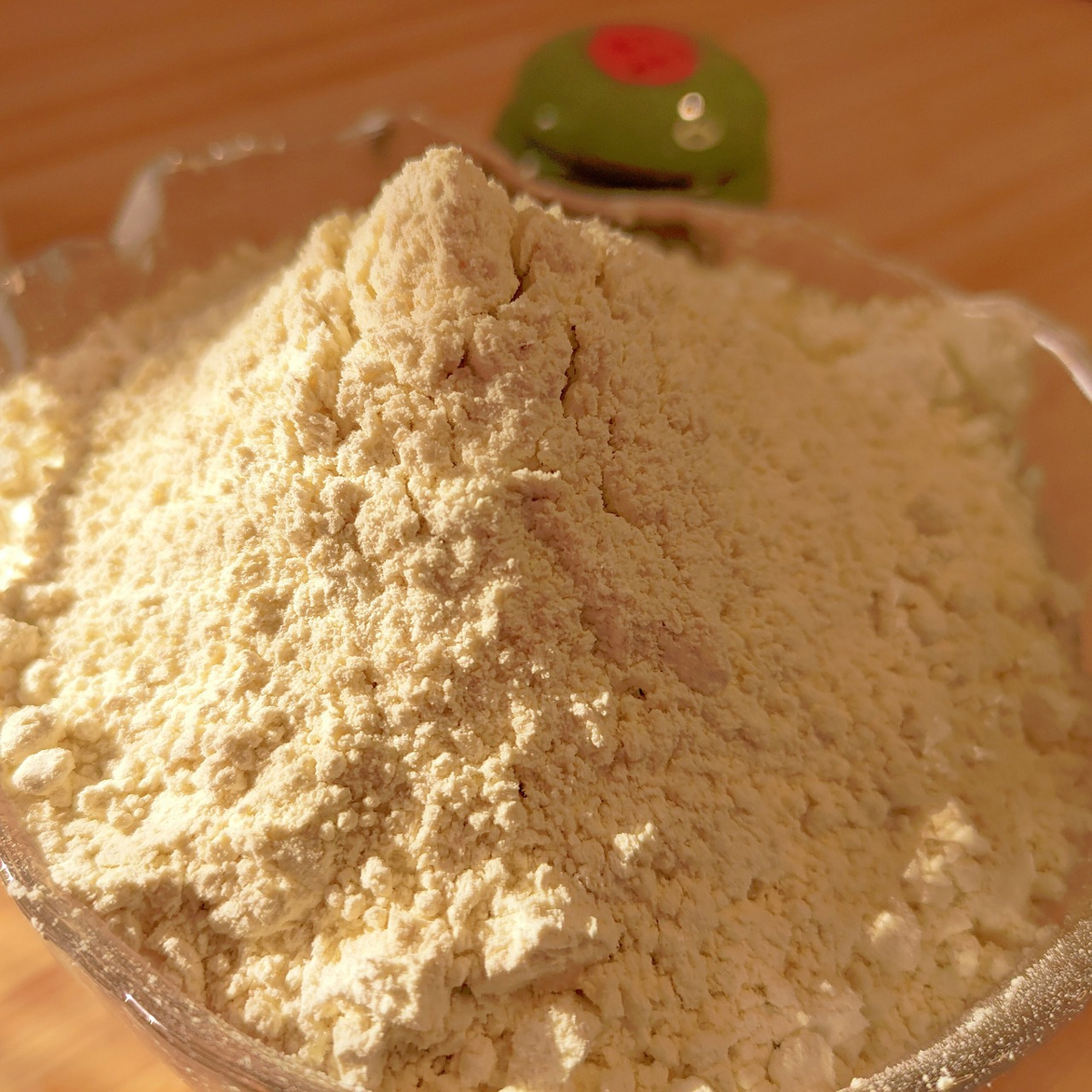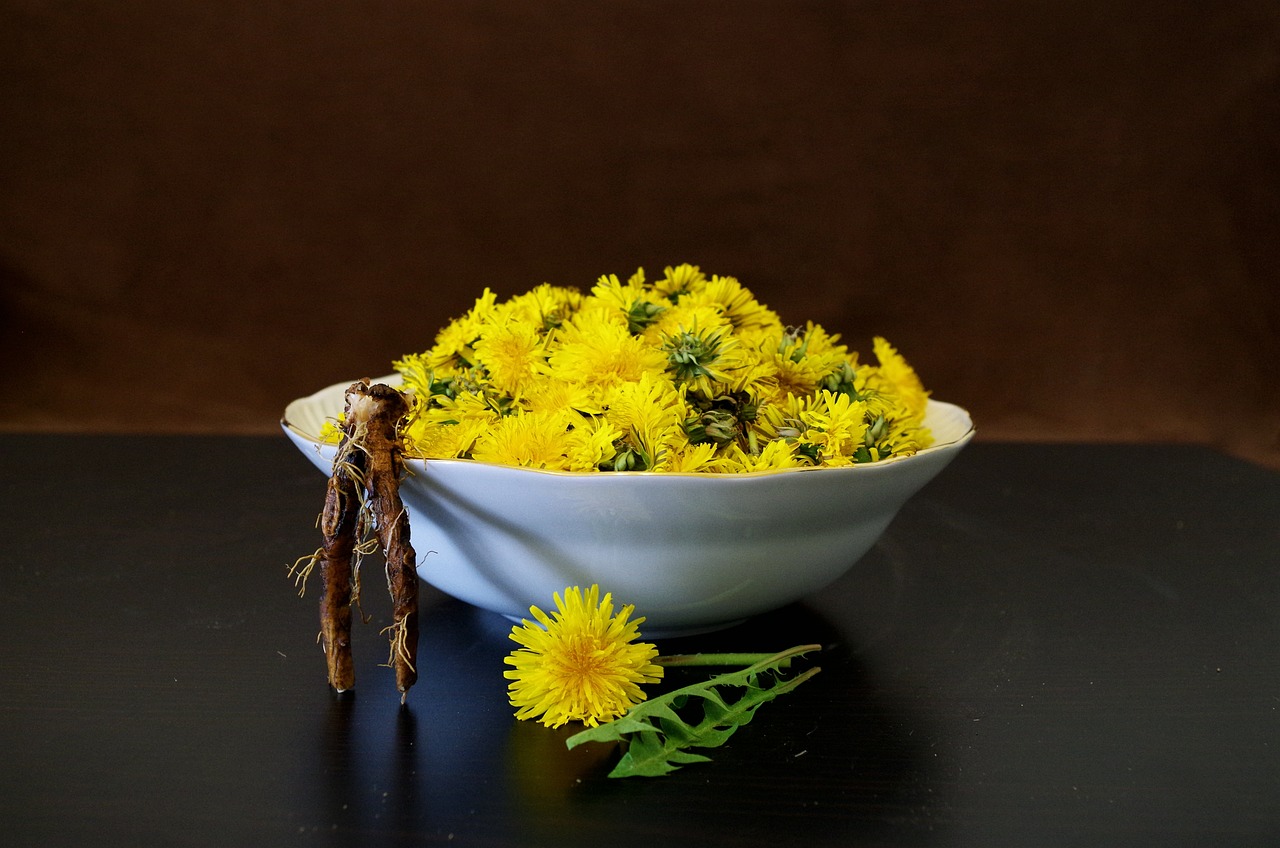Hunting Edible Weeds

Some people call them wild plants. Some call them weeds. And some people call them names I can’t repeat. However, many weeds are actually quite edible and very nutritious. Best of all, they’re free.
Not all of us can have vegetable gardens. I do have a small garden, but as my interest in foraging for edible plants has grown, I’ve researched many edible weeds and have even found some of them growing in my own backyard. I’ve eaten chickweed which I consider to be delicious fresh out of the yard. It’s a real treat to find this green plant during late winter and early spring when a lot of fresh greens aren’t always readily available. I’ve also harvested dandelions, purslane, and lambs-quarters from my yard. Some of these are good raw and some are better cooked. Some, like dandelion greens, need to be harvested when they are young in order to avoid bitterness. When very young, dandelion leaves are good both raw or cooked. The dandelion flowers have a honey-like taste and can add both flavor and color to salads or as a garnish. Additionally, a variety of herbs make a delicious addition to soups.
Many weeds are generally considered to be edible and non-poisonous and this is only a partial list. Remember that as with any plant or food, some people may be allergic or have a reaction. Always identify and sample only a very small amount of any wild plant before you decide to make a meal of it.
Lambsquarters (Chenopodium album) – relative of garden spinach but even more nutritious
Chickweed (Stellaria media) – can be eaten fresh or cooked
Mallow (Malva neglecta) – leaves, stems, flowers and fruits are edible
Purslane (Portulaca oleracea) – likes hot, wet weather
Curly Dock (Rumex crispus) – widespread and abundant in North America
Wood Sorrel (Oxalis stricta) – leaves resemble a shamrock, tart-tasting
Field Mustard (Brassica rapa) – widespread, nutritious, pungent
Garlic Mustard (Alliaria petiolata) – reported to be among the most nutritious leafy greens
Dandelion (Taraxacum officinale) – a bitter green that needs to be harvested at a specific time
Shepherd’s Purse (Capsella bursa-pastoris) – loves moisture, fertile soil, and cold weather
There are many other edible weeds. But in order to safely harvest and eat any weed, you need to follow some strict guidelines:
- Only harvest weeds that you can positively identify and know to be edible. Remember that many edible weeds have non-edible and even poisonous parts. Field guides are available to help identify weeds.
- Avoid picking weeds close to roads where they can absorb exhaust fumes and runoff.
- Don’t harvest weeds in industrial areas or in areas contaminated by animal feces or heavily contaminated with bird droppings.
- Don’t pick weeds from yards treated with pesticides or herbicides.
- If you have a medical condition or take medication, consult a medical professional about the safety of any wild plants you may want to eat.
The Author:
C Tee Menser has a Master’s Degree and an avid interest in behavioral science, gardening, wildlife conservation and restoration, urban farming, women’s issues and education.
Photo. Kie Ker

